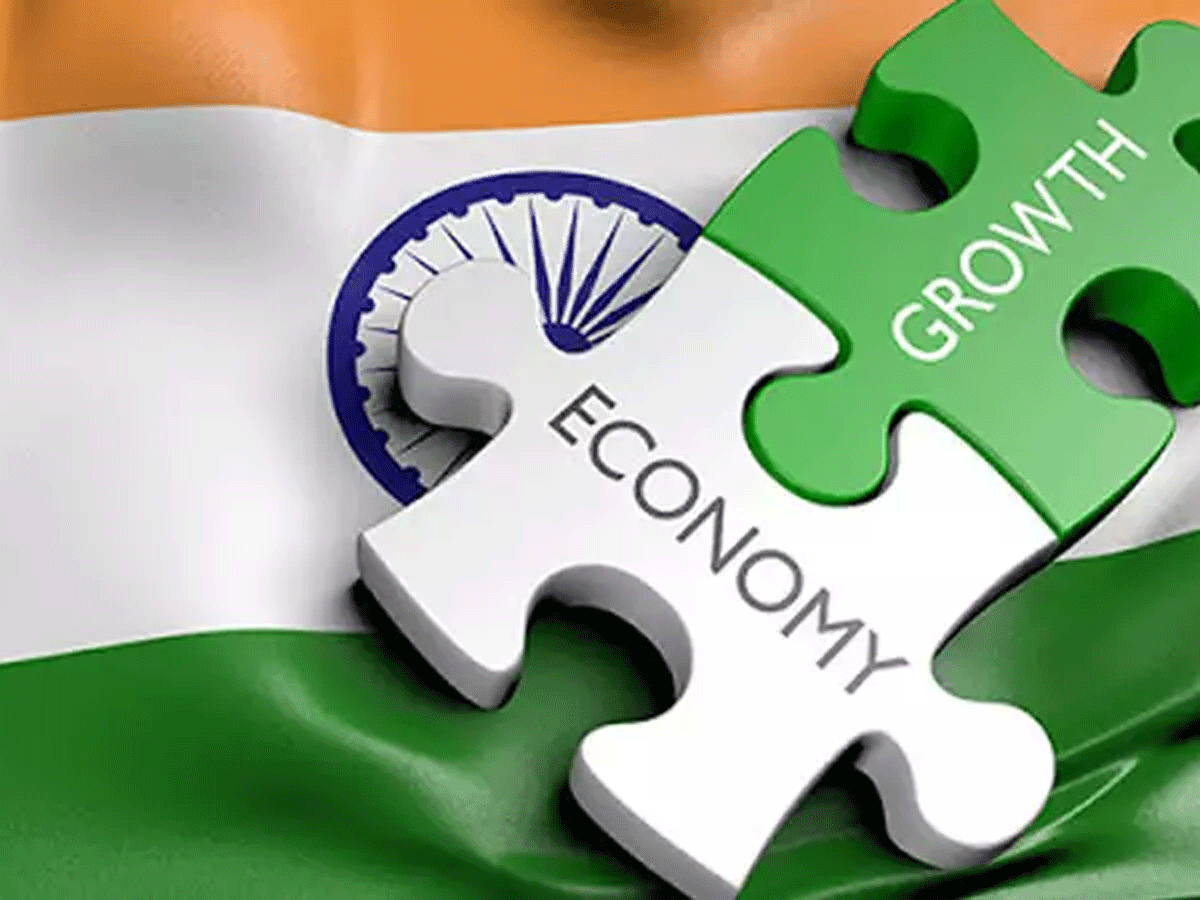
Indian Industry should rely in their ability to force competetiveness
- नवम्बर 14, 2022
- 0
Most of the world’s trade takes places within global value-chains (GVCs) where value is added stage by stage in multiple countries. One reason our old crop of FTAs had little effect is that they were inherently limited, leaving out many of the highest consumption items or imposing extended tariffs with long adjustment periods. By excluding many items from the agreements, we limit the extent of the market and our ability to participate in these supply chains.
The key is productivity that flows from specialization and not making everything. Too often, our trade policy is dominated by simplistic thinking. We like exports, we dislike imports.
But as any trade economist will tell you, a tax on imports is a tax on exports. High and growing exports of manufactured items demand high and growing imports of inputs.
It is no accident that in the last two decades we have seen the greatest growth in our imports from China, South Korea and Vietnam. These are among the world’s the world’s trade most competitive countries, and almost any country’s trade balance has moved substantially in favour of these three.
We might complain about non-tariff barriers and higher costs of doing business, but improving our competitiveness is the surest way of improving our trade balance.
We should use FTAs to force competitiveness on firms. And firms, in turn, must force change in all those areas-infrastructure, regulation, ease of doing business-that reduce competitiveness.
The world is looking for supply resilience other than China. No country is better placed than India to take advantage of this.
But to do so, Indian industry must believe in our own ability to compete with the best within India and rest of the world, Trade can then drive the future of Indian Industry.
Naushad Forbes
प्रतिस्पर्धी बनने के लिए भारतीय उद्योग अपनी क्षमताओं पर विश्वास करें
विश्व का ज्यादातर कारोबार वैश्विक मूल्य श्रृंखला (जीवीसी) के तहत होता है। इसमें विभिन्न देशों में अनेक चरणों में मूल्य को जोड़ा जाता है। हालांकि, एफटीए का पुराना स्वरूप होने के कारण इसका प्रभाव सीमित हो गया है। क्योंकि एफटीए में अत्यधिक खपत वाले उत्पादों को बाहर रखा गया या लंबी समायोजन अवधि के साथ विस्तारित शुल्क लगाया गया। समझौते से कई वस्तुओं को बाहर करने के कारण हम बाजार के विस्तार की अपनी क्षमता को कम कर देते हैं और हमारी आपूर्ति श्रृंखला में हिस्सेदारी लेने की क्षमता भी कम हो जाती है।
सफलता की कुंजी उत्पादकता है। उत्पादकता विशिष्टता से आती है और यह हर उत्पाद तैयार करने से नहीं आती है। हमारे व्यापार की नीति में आसान लगने वाली सोच का दबदबा अधिक है। हमें निर्यात पसंद है लेकिन आयात पसंद नहीं है।
व्यापार का कोई भी अर्थशास्त्री यह बता सकता है कि आयात पर कर लगाना, दरअसल निर्यात पर कर लगाना है। ज्यादा महंगे व मांग वाले निर्यात के उत्पादों को बनाने के लिए उच्च व मांग वाले आयातित सामान की जरूरत होती है।
यह कोई संयोग नहीं है कि हमारा बीते दो दशकों में चीन, दक्षिण कोरिया और वियतनाम से कारोबार बढ़ा है। ये विश्व के सबसे ज्यादा प्रतिस्पर्धी देश हैं और लगभग सभी देशों के व्यापार संतुलन का झुकाव इन तीन देशों की ओर हो गया है।
हम शायद गैर शुल्कीय बाधाओं और कारोबार की अधिक लागत की शिकायत कर सकते हैं, लेकिन हम प्रतिस्पर्धा को बढ़ाकर व्यापार संतुलन को निश्चित रूप से सुधार सकते हैं। हमें एफटीए का उपयोग अपनी फर्म की प्रतिस्पर्धा क्षमता बढ़ाने के लिए करना चाहिए। ऐसे में फर्म को अनिवार्य रूप से बदलाव करना चाहिए जिसमें आधारभूत सरंचना, नियमन, सहजता से कारोबार करना आदि हैं। इससे प्रतिस्पर्धी लागत में कमी आएगी।
विश्व चीन से बाहर की आपूर्ति की ओर बेसब्री से देख रहा है। ऐसी स्थिति का फायदा लेने के लिए भारत से अच्छा कोई देश नहीं है। लेकिन इस स्थिति का फायदा लेने के लिए जरूरी है कि हमारा उद्योग अपनी क्षमताओं पर विश्वास करे ताकि वह भारत और विश्व में सर्वश्रेष्ठ के लिए प्रतिस्पर्धा कर सके। तभी व्यापार, भारतीय उद्योग का भविष्य निधारित कर सकता है।
































































